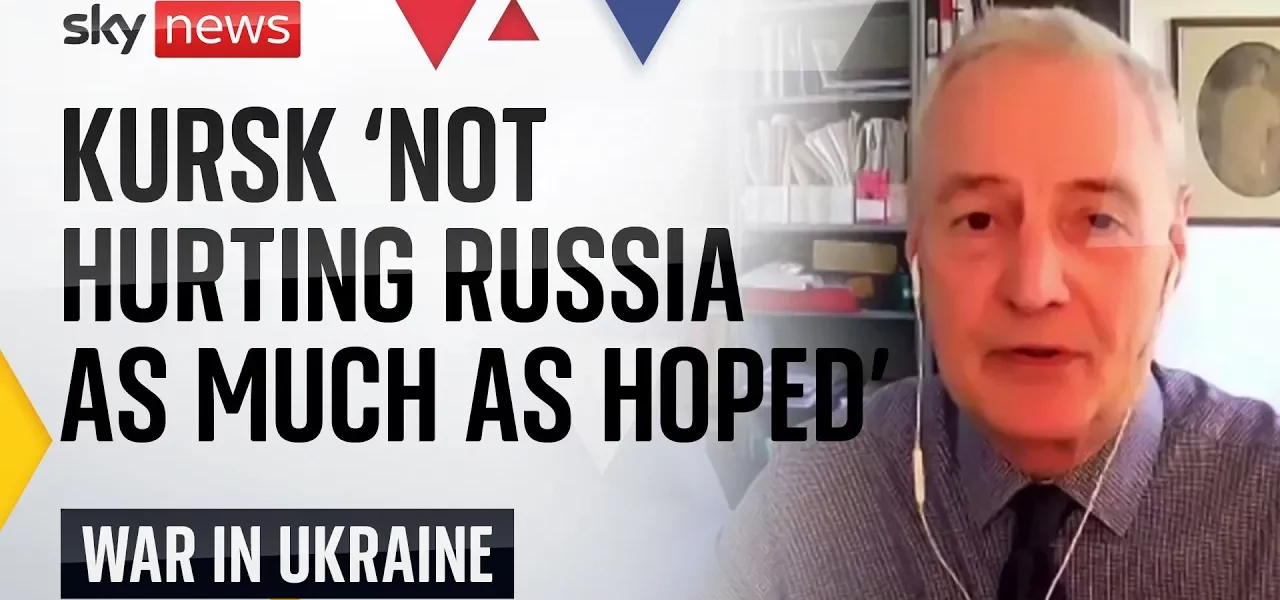Significant Attacks on Ukraine: An In-Depth Analysis

This article provides a comprehensive overview of the recent military actions by Russia against Ukraine, their impact on both the civilian population and military strategy, and the consequential reshuffle within the Ukrainian government. Understanding these dynamics is crucial for grasping the current geopolitical landscape.
Introduction
The ongoing conflict between Russia and Ukraine has recently escalated, with significant military actions taking place over the past week. The Russian air campaign appears to be intensifying, strategically aimed at crippling Ukraine’s critical infrastructure as winter approaches. This analysis delves into the implications of these attacks, the military tactics employed, and the broader context of governmental changes in Ukraine amidst the war.
Overview of Recent Attacks
In the last 24 hours and the preceding week, the Russian attacks on Ukraine have been noteworthy and alarming. These actions are not just random strikes but are part of a calculated strategy to undermine Ukraine’s resilience during the harsh winter months.
Pattern of Attacks
The attacks fit a discernible pattern where Russia aims to disrupt essential services:
- Targeting energy infrastructure crucial for civilian and military operations.
- Attacking residential areas under the pretext of hitting military targets.
- Recent notable attacks include:
- Pava, which resulted in civilian casualties.
- Historical attacks in Mariupol, Dnipro, and other significant locations.
Implications for Civilians and Military
The implications of these attacks extend beyond immediate military objectives:
- Increased suffering for civilians as they face shortages of energy and essential services.
- Demoralization within the Ukrainian military, creating a challenging environment for defense.
The Impact of the Kers Incursion
The Kers incursion has had mixed effects on Russia’s military standing and strategic approach:
Military Consequences
Despite some damage to Russian morale, the overall impact has been less significant than anticipated:
- While it has created disquiet in Russia, military operations remain focused on key areas in the south.
- The anticipated relief for Ukrainian forces has not yet materialized, maintaining pressure on Ukrainian defenses.
Government Reshuffle in Ukraine
Amidst the ongoing military conflict, Ukraine is experiencing a significant reshuffle in its government structure:
Key Changes and Their Implications
Several high-profile resignations have raised questions about the future direction of the Ukrainian government:
- Resignation of Foreign Minister Kuleba.
- Changes within the Ministry of Defense and other key positions.
Analysis of Leadership Changes
The reshuffle has been interpreted in various ways:
- Some see it as a necessary move to improve government efficiency amidst war.
- Concerns about loyalty overtaking competence in the selection of new leaders.
Notably, Alexander Kamyshin’s departure from the Ministry of Strategic Industries has raised eyebrows, as he was considered effective in his role.
Conclusion
The recent attacks on Ukraine by Russia signify a troubling escalation in military tactics aimed at debilitating the nation ahead of winter. Coupled with the governmental reshuffling in Ukraine, these developments highlight a critical juncture in the ongoing conflict. As the situation evolves, it remains imperative to monitor both military strategies and political dynamics. For those interested in deeper insights, further articles exploring the impact of these events on international relations and military strategies are available.
Read more about the implications of the Ukraine conflict on global politics.
“`




